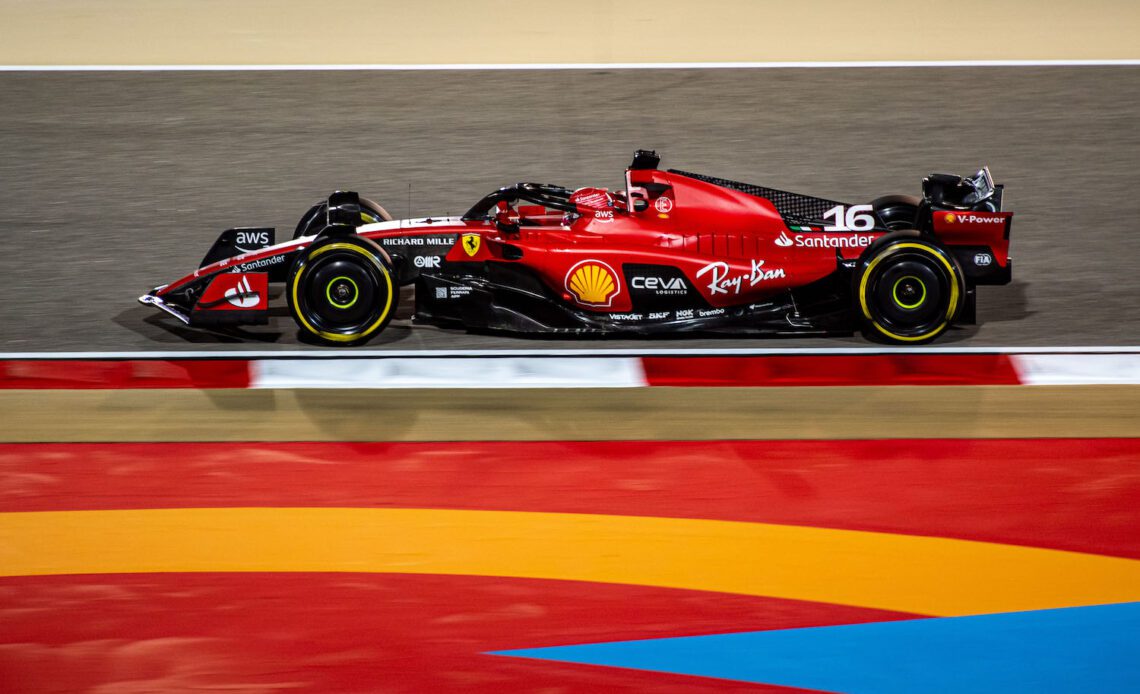Formula One has been around since 1950, meaning there have been 74 seasons, including the current one. Whether you’ve followed the sport for ages or became a fan only recently, you might consider placing a bet or two to support your favourite driver or show friends how much of an expert you are. However, you might not know where to start if you’ve never wagered on sports. To help you out, here is a helpful guide that will help you get to grips with betting on F1.
Get familiar with the odds
For starters, regardless of what sport you want to bet on, it’s a good idea to learn a bit more about odds and how they work. Odds are the chances that an operator gives a particular team, player, driver, or athlete to win or meet specific criteria. With that in mind, you should know that there are three different ways how odds can be written. They all represent the same thing but are expressed differently.
- Fractional odds: These are also known as British odds; fractional odds are the most popular in the UK and Ireland. They are written with a slash or hyphen. So, you might see the odds of Lewis Hamilton winning presented as 9/1 or 9-1, aka nine-to-one. That means if the 2020 champion wins and you bet one dollar, euro, pound, or any other currency you want to bet with, you will get nine more and your initial investment back. If you see a 13/5 odd, you get £13 for every £5 you wager.
- Decimal odds: Known as European, digital, and continental odds, there are typically used in continental Europe, Canada, Australia, and New Zealand. Many people see decimal odds as easier to understand as you don’t need to add back your stake. The number doesn’t just represent the profit but the total payout instead. For instance, the odds of Charles Leclerc winning in Saudi Arabia on March 19 are 11.00. If he happens to win and you bet €10, you can win €110 (€10 x 11.00). You multiply your bet by the odds.
- Money line odds: Finally, American odds are called the money line. As you can tell by their name, they are popular in the United States. These odds are accompanied by a plus (+) and minus (-) sign. When there is a minus, it indicates how much you need to bet to win $100, while a plus indicated the amount you could win for every $100 you put on the stake. Let’s see an example. The odds of Verstappen winning might be -140, meaning you must put $140 on the line to win another $100. On the other hand, the odds for Alonso are +1400, meaning that by risking…
Click Here to Read the Full Original Article at Paddock Magazine…

